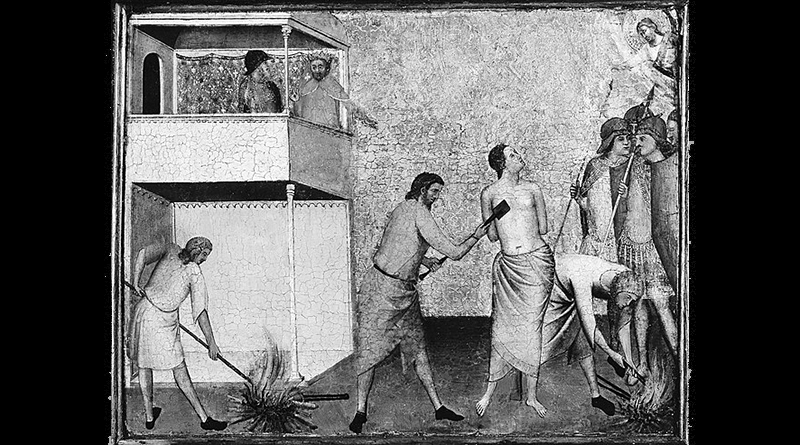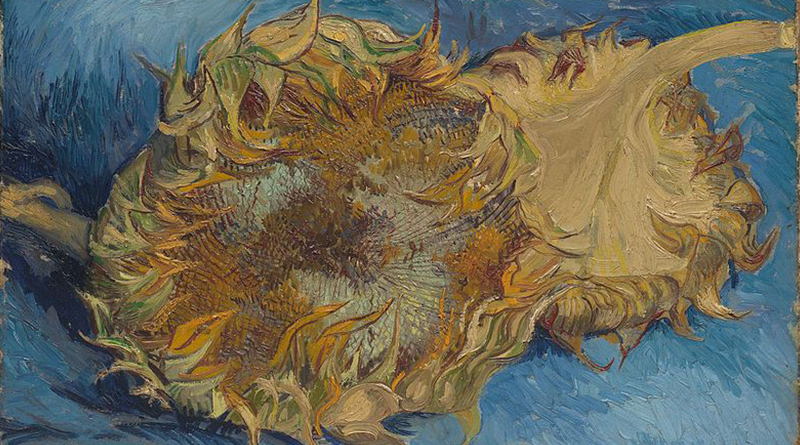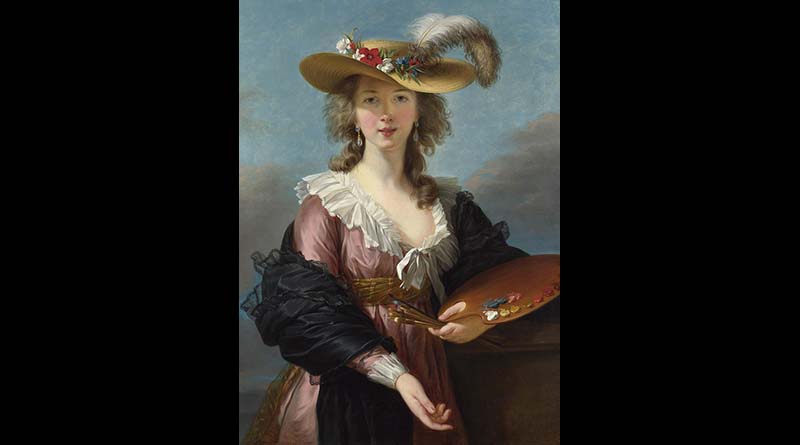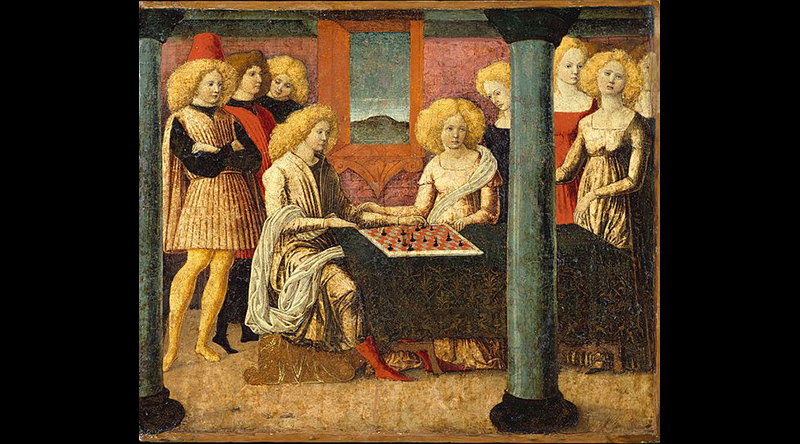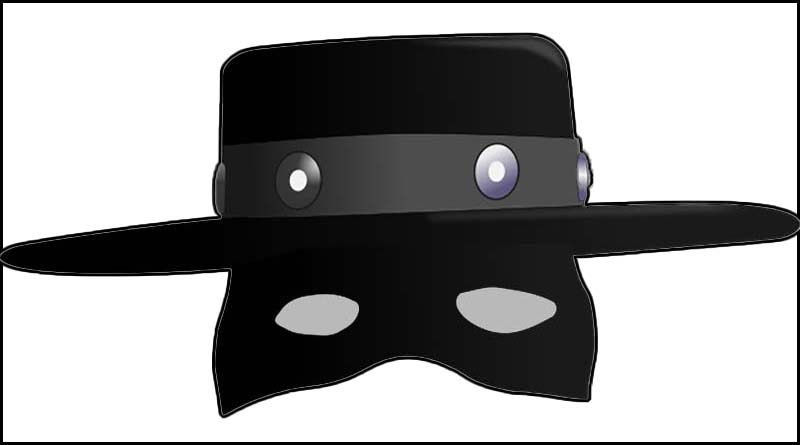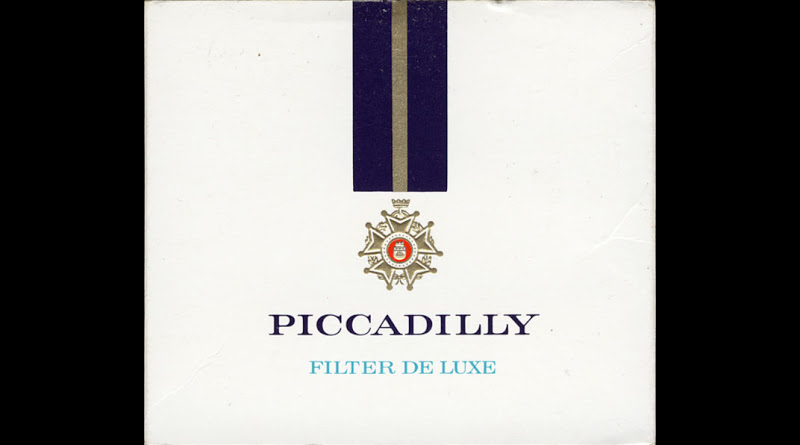At the time of the Spanish Inquisition, it was found that if red hot irons were placed to cool on a man’s back, certain phenomena were to be noted. The monks, the scientific men of that day, occasionally made records of their conclusions as to this process. Some valuable data no doubt has been lost, but enough remained when that Frenchman, Paquelin, made his exhaustive study of the subject to result in the cautery named for him.
The Paquelin cautery is an indispensable article in the surgical outfit of any up-to-date [1904] physician. Briefly described, it is a round piece of one-quarter-inch steel, eight inches long, with one end slightly flattened. It is hollow, so that a stream of
ignited benzine may be forced through the flattened end, with a rubber tube and ball; in fact, it is almost the same thing as the burning tool supplied with a pyrography outfit. A red hot poker would answer every purpose, but Paquelin got this thing up to stay red hot all the time. A poker keeps red hot long enough to brand a steer, or burn the spavin on a horse. No such momentary tickling will answer, however, for the human animal. For him, let it be red hot, and plenty of it.
To be done, good, by the cautery, the victim bares his back and the doctor proceeds to swipe. The odor of burning flesh quickly fills the room. The most rheumatic victim becomes spry. He does the czardas, the hoochee-koochee, the can-can, and the Highland fling, and accompanies himself with song. The doctor is surprised, and says the young women come to him especially for this form of nerve tonic. In your mind’s eye you see whole trainloads from young ladies’ seminaries coming to town to sample Paquelin’s popular pacifiers.
You soon learn that it costs five dollars per to be branded by a specialist, so you present a pyrography outfit to your wife, and teach her how to put the red spots on. At first it surprises you to note how fond she is of the task. You feared she would shrink from the job, but not so. Women take to doctoring and decorating with equal facility. About the fourth lesson she is able to put burnt-wood designs on you that you long to show to the neighbors. Home pyrography practised on papa’s back makes it simple and easy to do the work on wood and pigskin afterward.
The object of the cautery is to call the attention of the blood to any given neighborhood, and beside, it is a good antiseptic. Anything red hot, excepting a Coney Island sausage, is germ proof. Therefore, it is a nice, clean way of improving a man. To scratch him with a knife, to let his blood out and do him good, as they did Washington, is unscientific now.
To cool off a nervous man, drop a little hot iron on him. His knowledge of comparative temperatures is thereby increased, and while he may run up to the boiling point and steam in his language, he will as quickly subside to sub-normal. Tyndall demonstrated heat to be a mode of motion. A man with hot iron on him goes through all the modes of motion there are. — Edward Burcham Lent, in his book Being Done Good: An Amusing Account of a Rheumatic’s Experiences with Doctors and Specialists Who Promised to Do Him Good (read for free)

